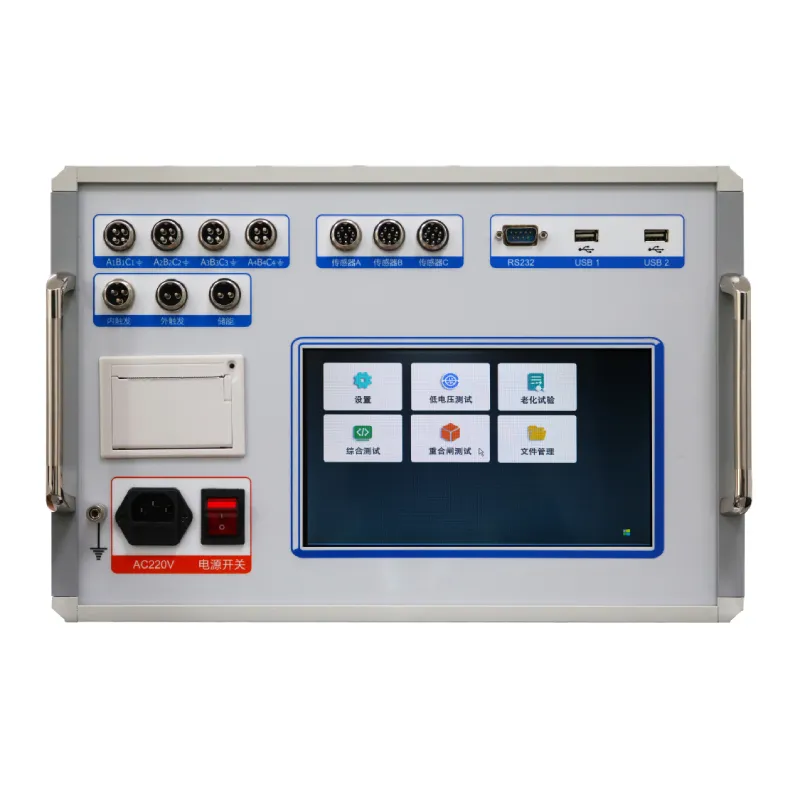 English
English


Exploring Various Applications and Innovations in Gas Chromatography Techniques and Products
Gas Chromatography Products Revolutionizing Analysis in Chemistry
Gas chromatography (GC) is a powerful analytical technique widely used in chemistry for separating and analyzing compounds that can be vaporized without decomposition. This method is invaluable in various industries, including pharmaceuticals, environmental monitoring, food and beverage testing, and petrochemicals. Over the years, the development of advanced gas chromatography products has significantly enhanced the precision, efficiency, and usability of this technology, making it an essential tool in laboratories around the world.
At the heart of gas chromatography is the chromatograph, a sophisticated instrument that relies on a mobile phase (gas) and a stationary phase (liquid or solid) to separate chemical substances. The key products associated with gas chromatography include the chromatograph itself, various types of columns, detectors, and sample introduction systems. These components work together seamlessly to ensure optimal performance and accurate results.
Chromatographs
Modern gas chromatographs are equipped with advanced features that improve robustness and usability. For example, analytical chemists have access to both traditional and ultra-fast gas chromatographs. The latter drastically reduces analysis time, allowing for faster throughput and increased productivity. Additionally, many chromatographs now come with integrated software solutions that facilitate data acquisition and analysis, streamlining the workflow for users and minimizing the risk of human error.
Columns
Columns are crucial to the GC process, as they determine the separation efficiency and resolution of the compounds being analyzed. The market offers a wide variety of column types, including capillary columns, packed columns, and specific columns tailored for different applications. For instance, capillary columns, which have a narrow diameter and a long length, provide high resolution and are preferred for the analysis of complex mixtures. Moreover, manufacturers continuously innovate by developing columns with specialized stationary phases designed to interact selectively with various classes of compounds, enhancing the chromatographic separation.
gas chromatography products

Detectors
The choice of detector can significantly influence the sensitivity and specificity of the analysis. Common detectors used in gas chromatography include flame ionization detectors (FID), thermal conductivity detectors (TCD), and mass spectrometers (MS). FIDs are widely favored for organic compounds due to their high sensitivity, while TCDs are useful for detecting inorganic gases. Mass spectrometers offer unparalleled qualitative and quantitative analysis capabilities, allowing chemists to identify compounds based on their mass-to-charge ratio. The integration of mass spectrometry with gas chromatography (GC-MS) has become a standard in many laboratories, providing a comprehensive analytical toolkit.
Sample Introduction Systems
Proper sample introduction is vital for ensuring accurate and reproducible results in gas chromatography. There are various sample introduction techniques, including liquid injection, gas sampling valves, and solid-phase microextraction (SPME). Each method has its advantages, catering to different sample types and concentrations. For instance, SPME is particularly useful for analyzing volatile and semi-volatile compounds in complex matrices, providing a solvent-free approach that minimizes contamination.
Conclusion
The evolution of gas chromatography products has transformed the analytical landscape, providing chemists with tools that enhance precision, speed, and usability. As industries continue to demand rigorous quality control and regulatory compliance, the importance of advanced GC technologies will only grow. Ongoing innovations in column chemistry, detector technology, and sample handling systems will enable laboratories to tackle increasingly complex analytical challenges, paving the way for breakthroughs in research and development across various fields. Whether in academia or industry, gas chromatography remains a cornerstone of modern analytical chemistry, continually adapting to meet the needs of users and the challenges of our ever-changing world.
-
Differences between open cup flash point tester and closed cup flash point testerNewsOct.31,2024
-
The Reliable Load Tap ChangerNewsOct.23,2024
-
The Essential Guide to Hipot TestersNewsOct.23,2024
-
The Digital Insulation TesterNewsOct.23,2024
-
The Best Earth Loop Impedance Tester for SaleNewsOct.23,2024
-
Tan Delta Tester--The Essential Tool for Electrical Insulation TestingNewsOct.23,2024





